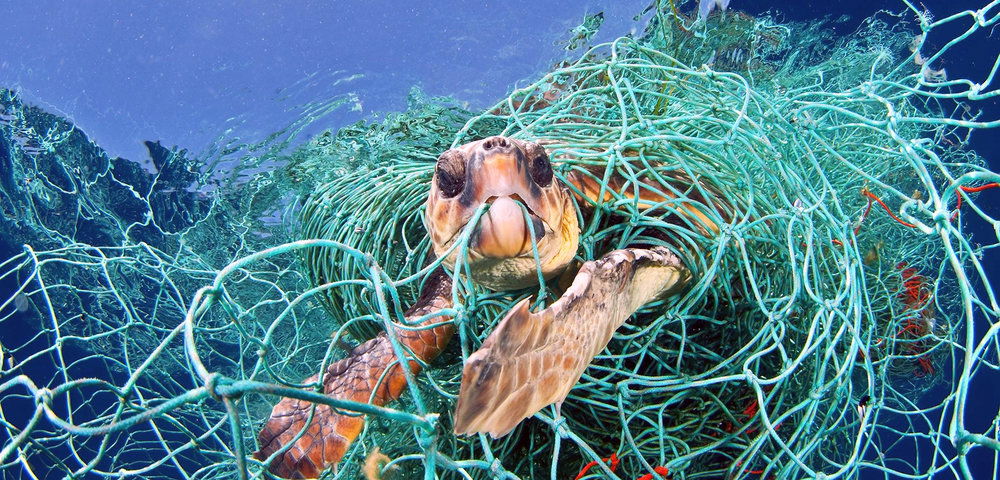Hawksbill sea trutles

COMMON NAME: Hawksbill sea turtles
SCIENTIFIC NAME: Eretmochelys imbricata
TYPE: Reptiles
DIET: Carnivore
AVERAGE LIFE SPAN IN THE WILD: 30 to 50 years
SIZE: 24 to 45 inches
WEIGHT: 100 to 150 pounds
Critically endangered
Population decreasing
Reproduction
Like other sea turtles, hawksbills make incredible migrations in order to move from feeding sites to nesting grounds, normally on tropical beaches. Every two to five years, female hawksbills return to the beaches where they were born to nest, which normally takes place in shallow waters close to the shore.
The nesting procedure begins when the turtles leave the sea to choose an area to lay their eggs. They dig a pit in the sand, fill it with 130 to 160 eggs, and then cover it. At this stage the turtles retreat to the sea, leaving the eggs, which will hatch in about 60 days. The most dangerous time of their lives comes when hatchlings make the journey from their nests to the sea. Crabs and flocks of gulls voraciously prey on the young turtles during this short scamper.
Like many sea turtles, hawksbills are critically endangered due mostly to human impact. Tortoise shells have been prized among humans since ancient Egypt and, with their stunning shells, hawksbills are no exception: the
International Union for Conservation of Nature estimates that millions of hawksbills have been killed within the last hundred years for the tortoiseshell trade. Though the legal international hawksbill shell trade e
nded in 1993, trade continues.
Hawksbill eggs are still eaten around the world despite the turtle’s international protected status, and they are often killed for their flesh as well. These graceful sea turtles are also threatened by accidental capture in fishing nets.
Habitat loss is another serious threat facing hawksbill turtles. Coastal development has reduced the space available for them to nest, while rising temperatures associated with global climate change is killing the coral reefs they rely on for food.
Informaition sourced by national geographic



